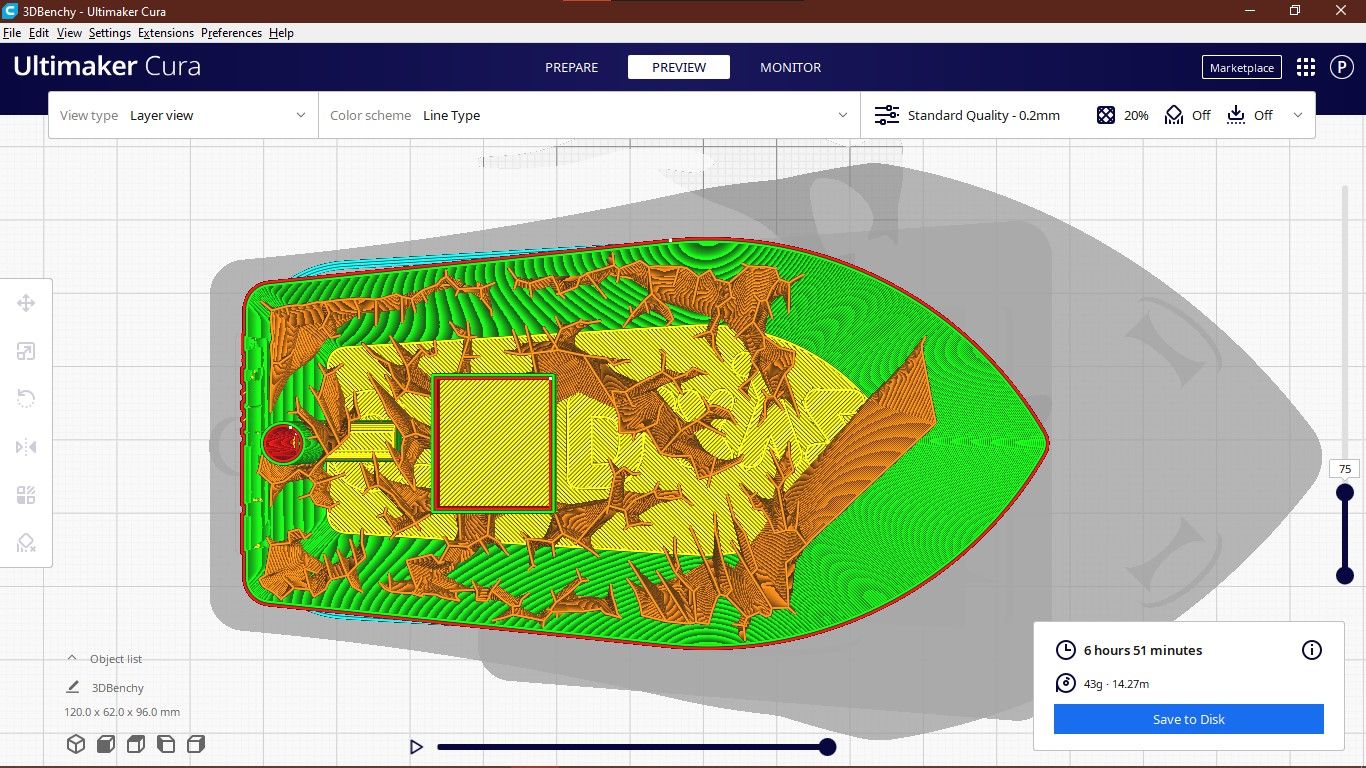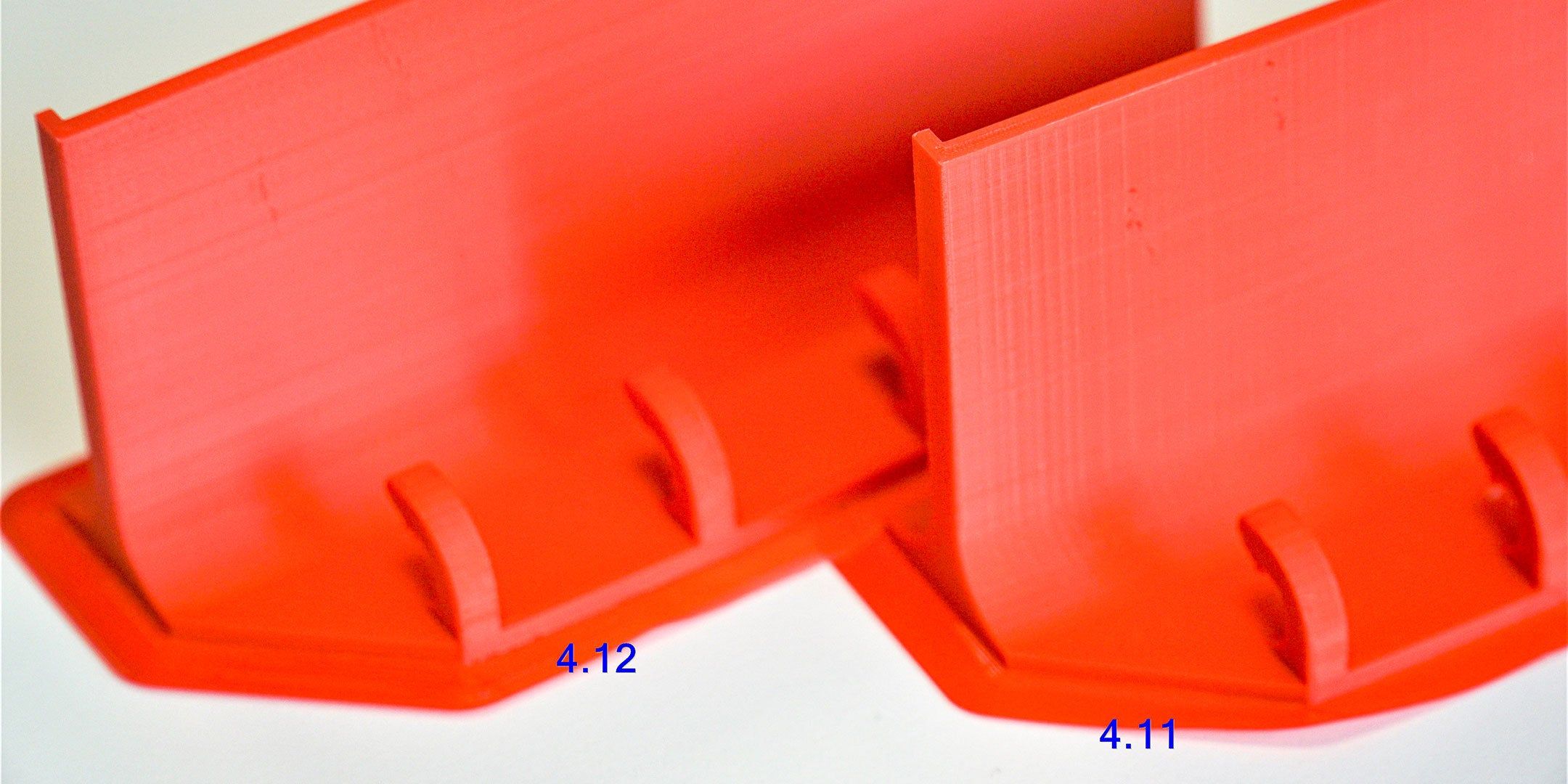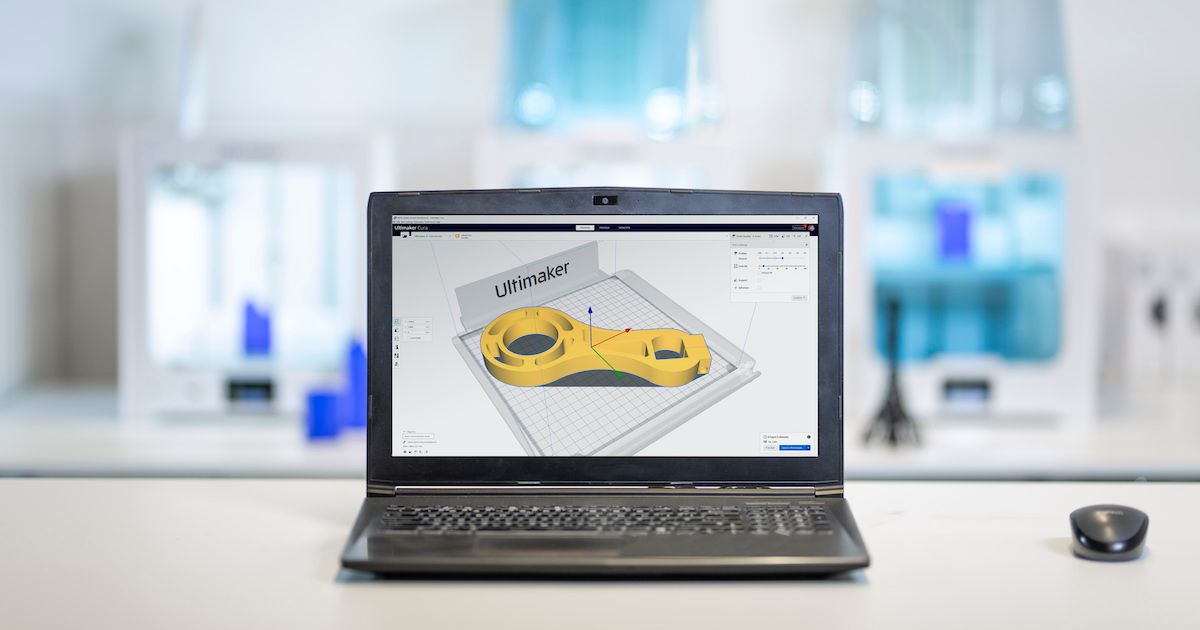Ultimaker Cura is one of the most popular and powerful 3D printing slicer software that you can get right now. Its ease of use, numerous advanced features, and the fact that it's completely free to use makes it an ideal companion for hobbyists and professionals alike. Add to that its open-source nature, and you get a 3D printing slicer that’s updated frequently with new features.
The latest Ultimaker Cura 4.12 is more than a UI overhaul and includes many improvements and new features. Read on to find out what’s new in this newest release of the Cura software.
Lighting Infill
The lighting infill is the newest addition in infill styles in Ultimaker Cura 4.12. You can think of it as the tree supports, except that it’s inside the model. The lighting infill is spaced out randomly within the model, and there is no definite pattern or structure to it.
The infill is mesmerizing to look at, and the random patterns are more aesthetic than functional. The main aim of the lighting infill is to provide support to the inner overhangs of the model while using less material and reducing the overall printing time.
Lighting infill doesn't provide any additional strength, and hence you should not use it in functional or load-bearing models. Instead, showpieces, figurines, action figures, aesthetic models, and even see-through objects can benefit the lighting infill's high speed and pleasing appearance.
Improved Surface Quality
Another incremental change in the latest release of Cura is the improved overall surface quality. Taking cues from the monotonic ordering setting in its previous version, Cura 4.12 promises to enhance the top layer surface quality and eliminate any scarring, lines, or imperfections on the model’s top surface.
While focusing on the top surface, the Ultimaker team has also considered the print quality on horizontal surfaces. Objects 3D printed with FDM 3D printers often have surface irregularities such as ghosting and ringing on the model's outer wall. The team has fine-tuned the Cura software with reduced jerk settings for Ultimaker 3D printers and improved combing paths for all the other 3D printers.
These changes translate to an improved print resolution and an overall increase in the 3D printing quality. These features come in handy in the case of aesthetic models, where surface finish and overall appearance are of prime importance.
Additional Updates
The lighting infill and the improvements in the surface quality are the major, noticeable updates in the Cura 4.12. There are other minor updates that don't improve the functionality per se but enhance the overall user experience of using the Cura software.
Faster Start Times
The smart team behind Cura’s software development side managed to shave off 10 seconds while starting up the Cura slicer. Cura 4.12 caches your profile data instead of loading it every time you fire up Cura. This results in slightly better load time and comes in handy to make minor changes quickly.
App Switcher
Cura 4.12 introduces an app switcher which lets you navigate other Ultimaker applications. This allows you to quickly access the Ultimaker Digital Factory, Ultimaker Marketplace, and Ultimaker 3D printing academy. You can also promptly ask questions and report any bugs directly onto the Ultimaker Cura's Github. The app switcher brings all of this in one place and makes it easier to find what you need, thus improving the overall Cura experience.
A Worthwhile Update for Cura?
While the Cura 4.11 was a minor incremental update, the latest Cura 4.12 is a more extensive update with substantial changes and new features. The lighting infill is an excellent tool for saving some material and time, and the overall improvements in the surface quality seem to enhance the printing quality.
That said, there are still some bugs to iron out in this update, but they are pretty minor, and none of them would seriously hamper your 3D printing experience. So, you can go ahead and give it a try at least. There’s nothing to lose after all.




